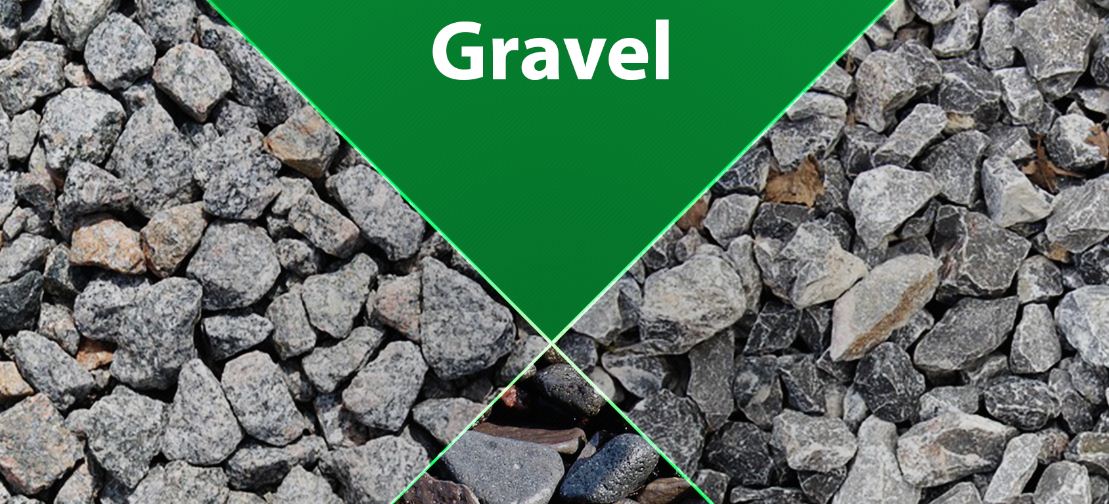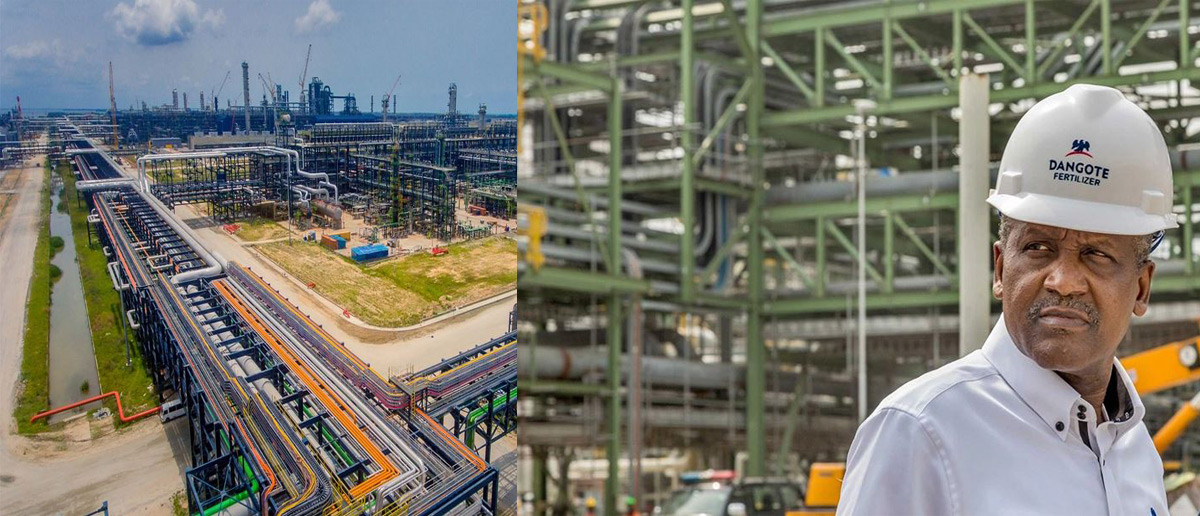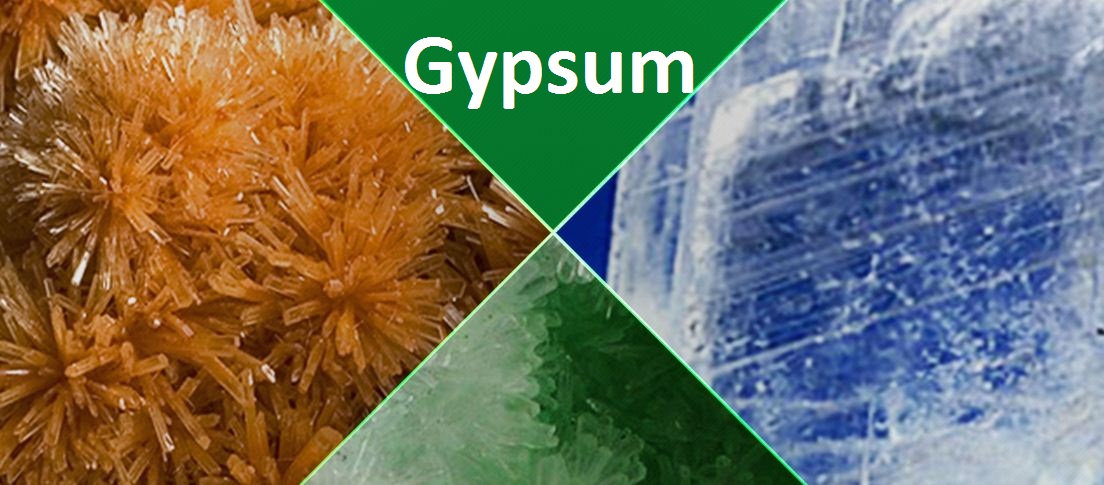Laterite Deposits In Nigeria States And Its Applications
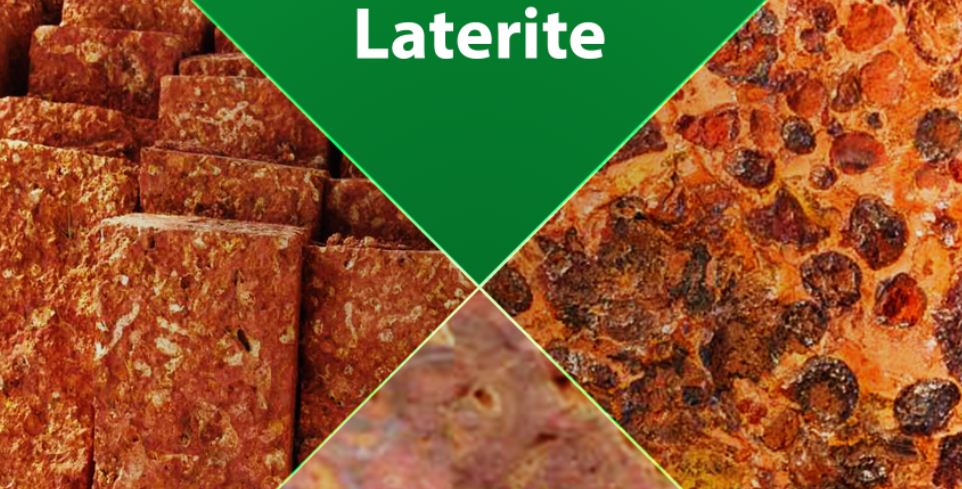
Lateritic clay deposits are often cheaply or freely found in any market center in Nigeria and in most states of the country. It occurs mostly in tropical African countries and in Nigeria, it can be found in vast quantities in Abia and Oyo State.
Laterite is characterized as a reddish clay-like material that is hard when dry and forms topsoil in some tropical or subtropical regions where it is sometimes used for building.
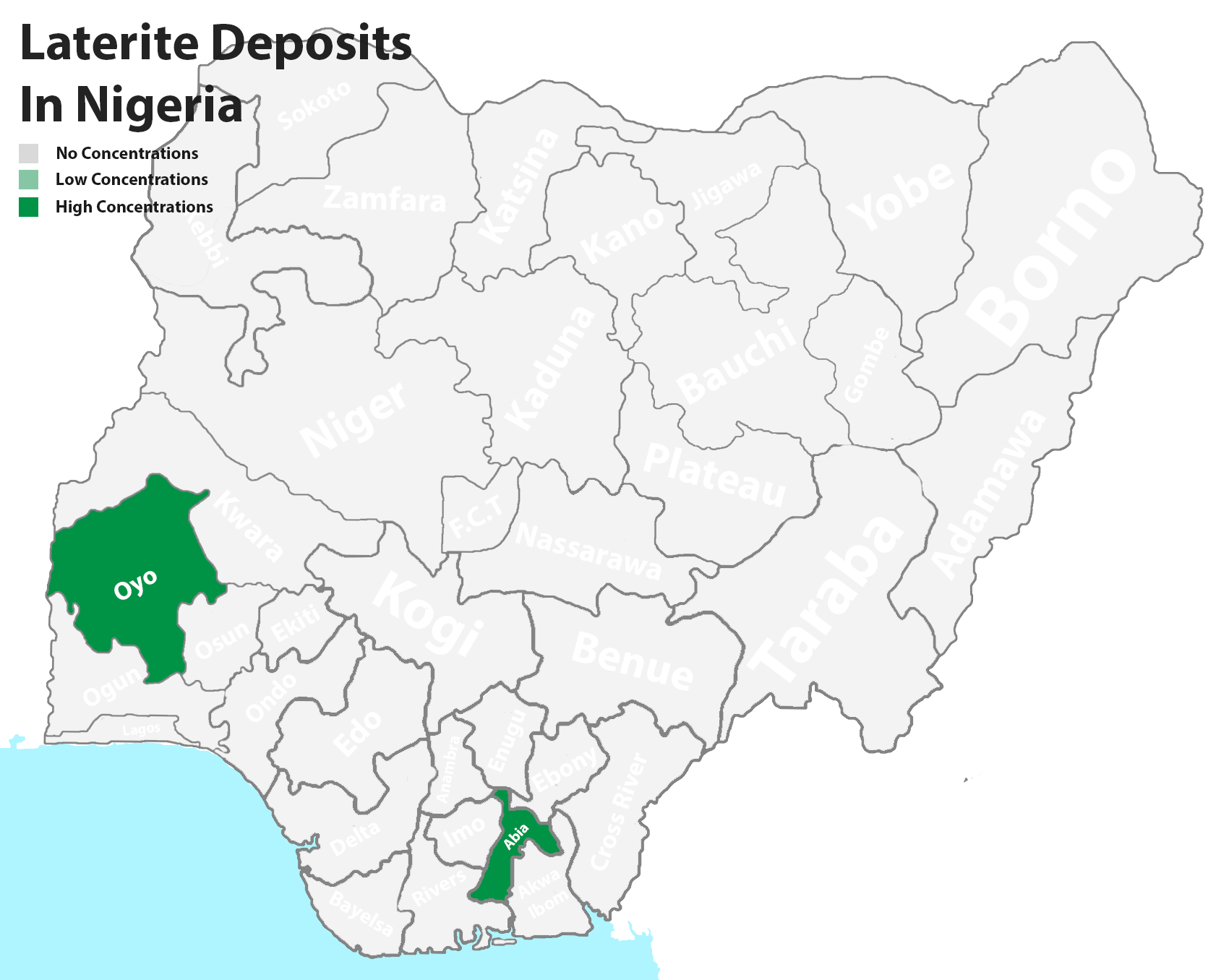
This mineral deposit is found mainly in clay minerals and has a rich content of aluminium and iron which is believed to have been formed in tropical areas such as Nigeria and other African countries that are mostly wet and hot, these ores (aluminium and iron) which exists in the forms of diaspore AlO(OH), boehmite γ-AlO(OH), gibbsite Al(OH)3, and hydroxides are all resemblance of the what bauxite is composed of.
Laterite is formed by a long-lasting chemical weathering of the underlying parent rock under strongly oxidizing and leaching conditions resulting in soils with a wide variety of grade, thickness, chemistry, and ore mineralogy. It is usually referred to as a soil type as well as being a rock type.
Laterite has been used in most Nigerian construction works because it is fairly cheap and retains water. In as much as the mining of these mineral resources is beneficial, it is good to know that it leads to severe land degradation and erosion, loss of agricultural farmlands, groundwater contamination, etc., as the land coverings including grasses and plants are removed during the quarrying process.
Therefore to minimize the effects of environmental degradation due to laterite mining, a better and more convenient technique that is environmentally friendly is recommended.
Uses of Laterites
• Laterite has been used as iron ore and a source of nickel.
• It’s used for building houses, roads, and other structures.
• It is also used in the production of bricks, known as soil-cement blocks.

